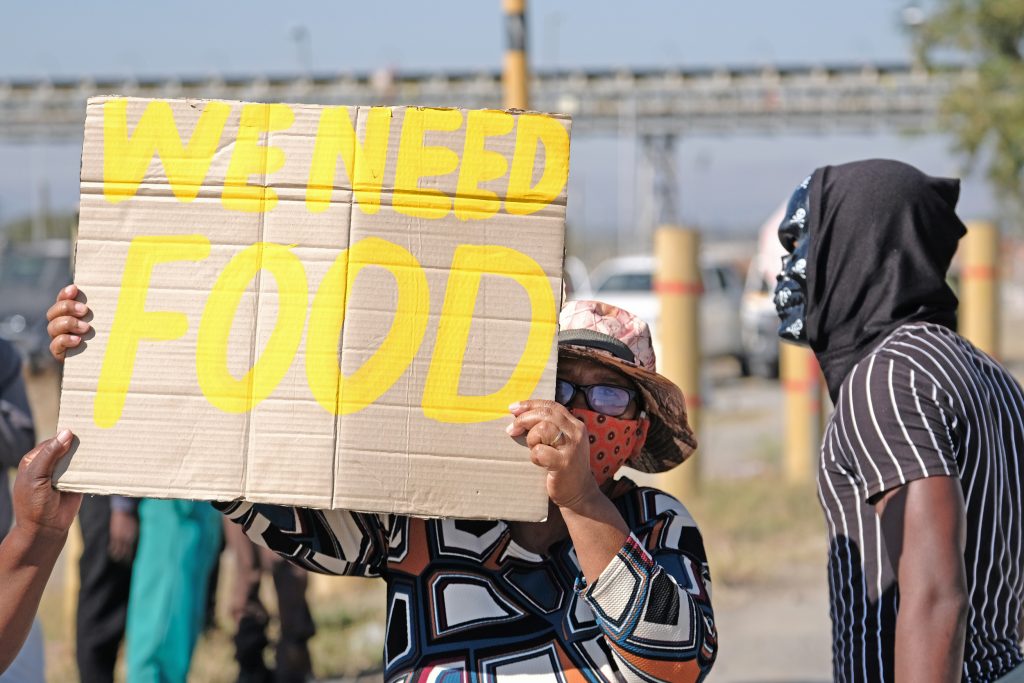South Africa faces a serious unemployment problem, which continues to pose challenges to the country's economic and social development. Unemployment rates have remained stubbornly high for many years, and a complex range of factors contribute to the problem.
A combination of structural deficiencies, including a lack of skills, limited access to quality education and training, and insufficient job creation, prevents large parts of the population from finding gainful employment. South Africa's official unemployment rate rose from 31.9% in the third quarter of 2023 to 32.1% in the fourth quarter of 2023, according to Stats SA's latest Quarterly Labor Force Survey (QLFS) data.
advertisement
Continue reading below
Interestingly, the absorption rate and labor force participation rate both decreased by 0.2 percentage points to 40.8% and 60.0% respectively, indicating growing pessimism among South Africa's workforce. The largest industry job losses were recorded in community services (171,000 jobs), construction (36,000 jobs), and agriculture (35,000 jobs). The largest industry job gains were in finance (128,000), transportation (57,000) and mining (37,000).
read:
Unemployment rises in Southeast as farms cut staff
How has the unemployment rate changed since 2000?
Under the expanded definition, the unemployment rate (which better reflects the true number of unemployed people in SA as it includes people who have been discouraged from looking for work) remains worryingly high at 41.1%. This is indicative of long-term structural problems within local economies that make it difficult to attract and re-enter the workforce with demoralized job seekers.
Of further concern is the long-term unemployment rate (i.e. people who have been unemployed for more than a year), which has risen steadily over the past decade, from 65.5% in the first quarter of 2013 to the fourth quarter of 2023. This is 77.1% of the quarter. Furthermore, SA's unemployment problem remains particularly acute among young people, with high levels of unemployment hampering their future prospects and exacerbating social inequalities. As a result, the youth unemployment rate has risen again and is now 59.4%.
Is household consumption the clue?
This recent increase in the unemployment rate is not all that surprising, as the apparent strength in job growth seen in the second and third quarters of 2023 was not reflected in the consumer spending data. Real household consumption expenditure decreased for two consecutive quarters in the second and third quarters of 2023. High-frequency data for the fourth quarter suggests that consumer demand remains weak in the final quarter of the year.
Read: South African retailers pass on higher prices to customers
Overall, employment data from the QLFS survey (a household-based survey of labor market trends covering the formal, informal and agricultural sectors) in recent months has been significantly higher than that reported in the enterprise-based Quarterly Employment Statistics (QES). There is a divergence. A labor market survey that only reports on the formal sector. Therefore, it is becoming increasingly difficult to obtain a more transparent and holistic picture of the unemployment situation in South Africa.
Regardless of the exact data, we argue that the official headline jobless figure does not fully reflect the true extent of the country's unemployment crisis. The way unemployment is measured tends to overlook certain segments of the population, such as demoralized workers who have given up looking for work and are therefore not considered part of the active labor force. Furthermore, official statistics do not adequately capture temporary and underemployed workers. Additionally, official unemployment rates may not fully take into account the quality of available jobs or job security.
advertisement
Continue reading below
Many South Africans are trapped in low-skilled and precarious employment, leading to underemployment and persistent poverty.
Furthermore, in the domestic economy, real job creation occurs only when GDP growth approaches 3% per year. Currently, businesses continue to be under significant pressure from the impact of load shedding, which is also weighing on employment and unemployment statistics. The economy is therefore not growing fast enough to sustainably improve long-term employment prospects for South Africans.
At the end of the day, South Africa's unemployment problem is a complex and multifaceted issue that requires sustained and concerted efforts by all sectors of society to create inclusive and sustainable employment opportunities for all South Africans. Efforts are required.
read:
SA's labor market is recovering from coronavirus, but…
There are very few jobs in SA for (black) people who have not finished school
Casey Sprake is an investment analyst at Anchor Capital.

